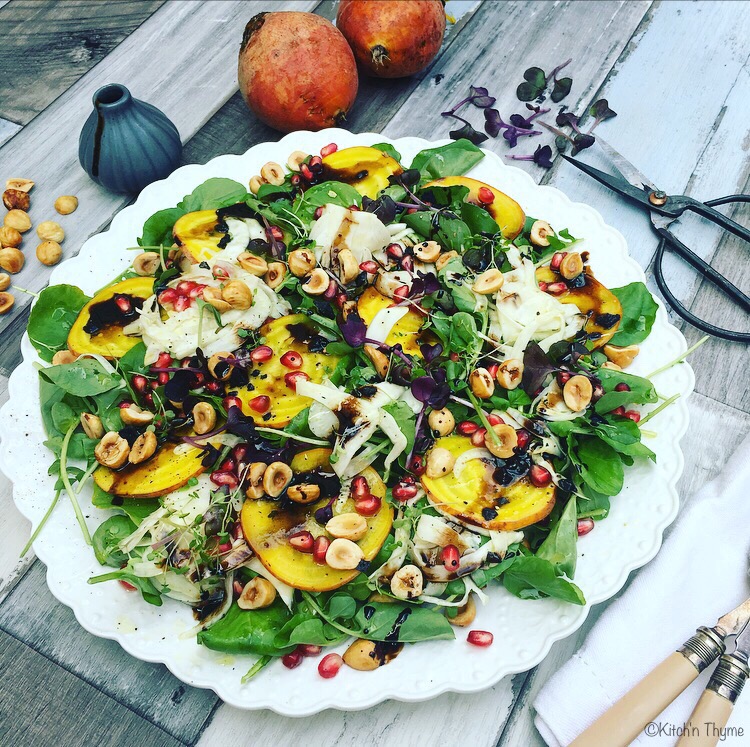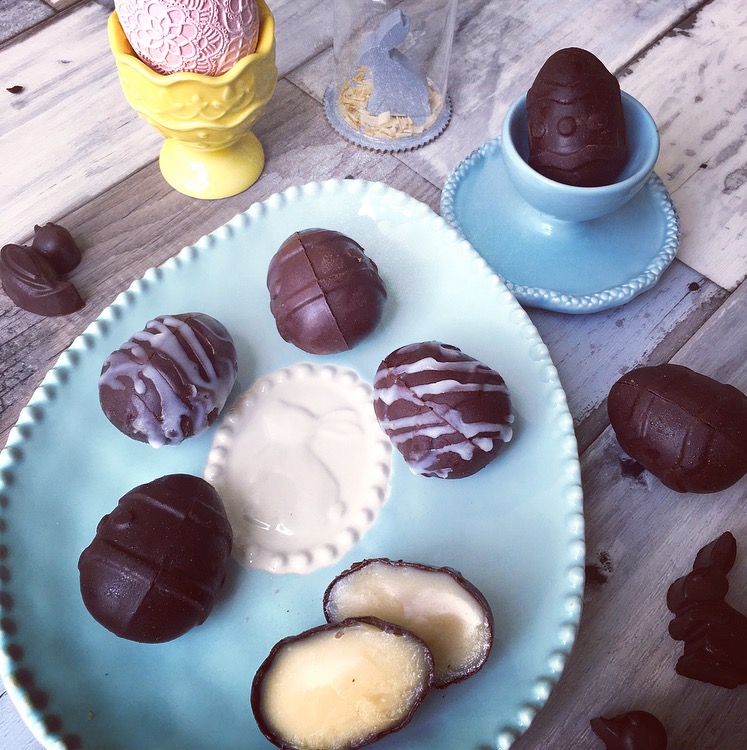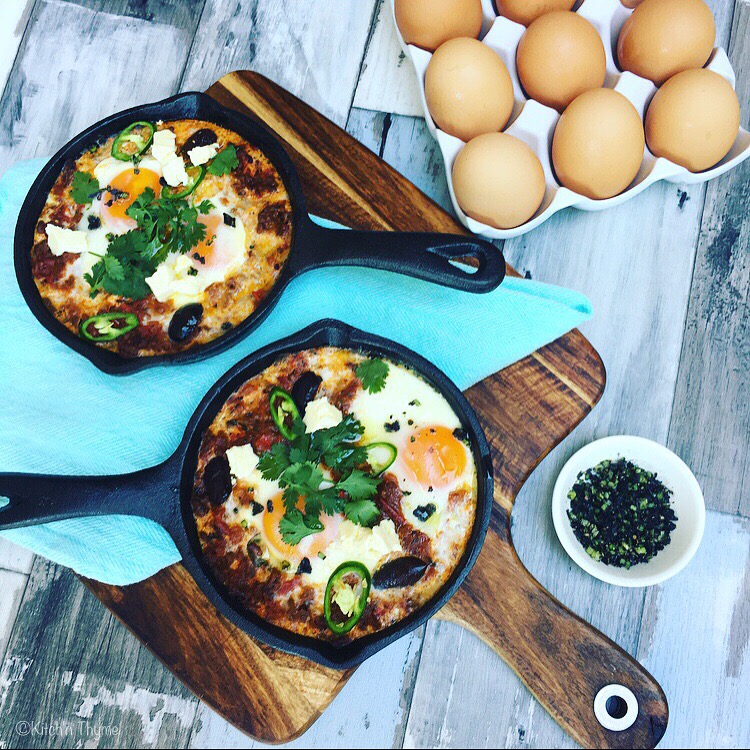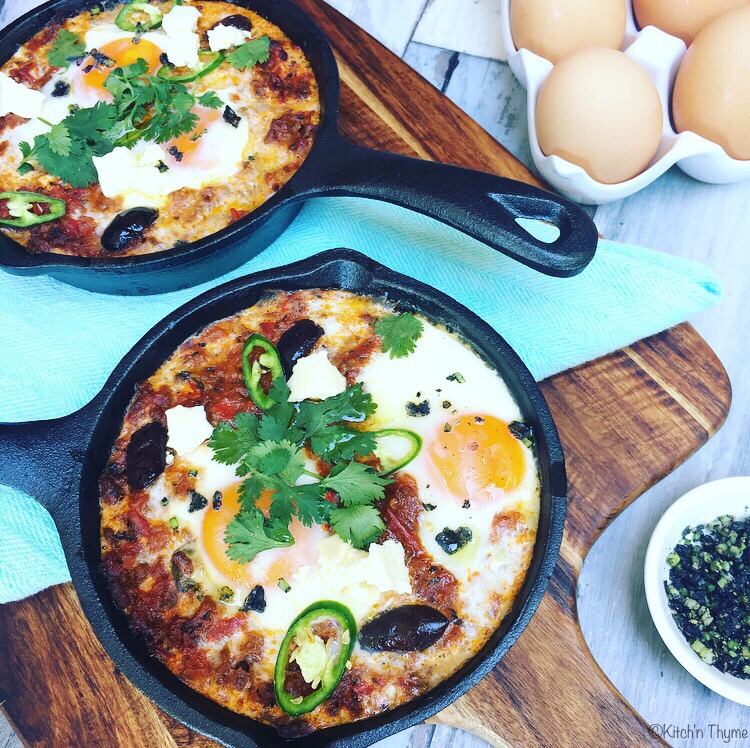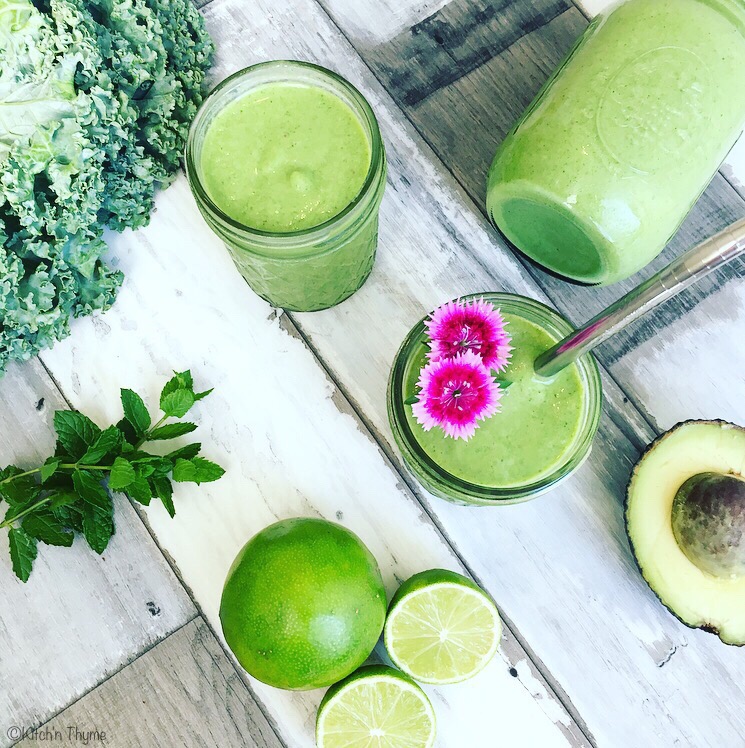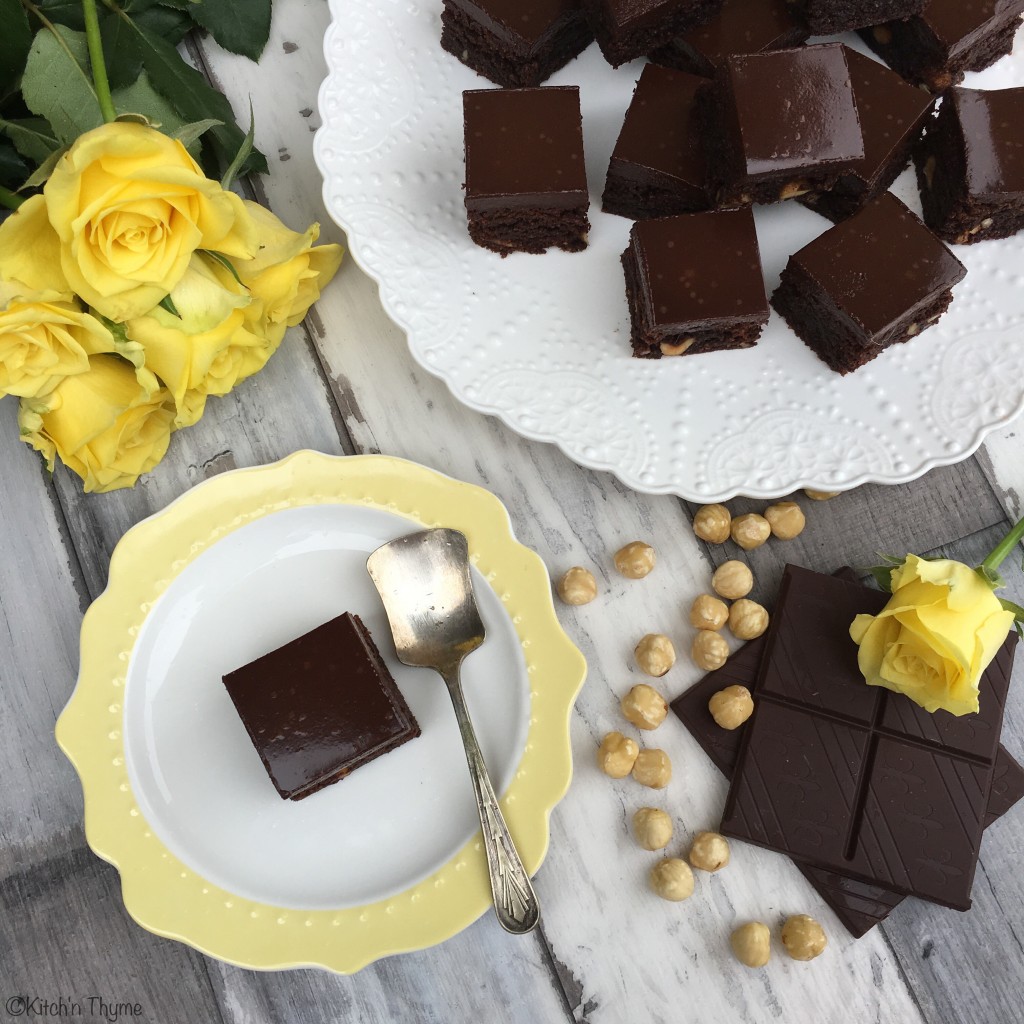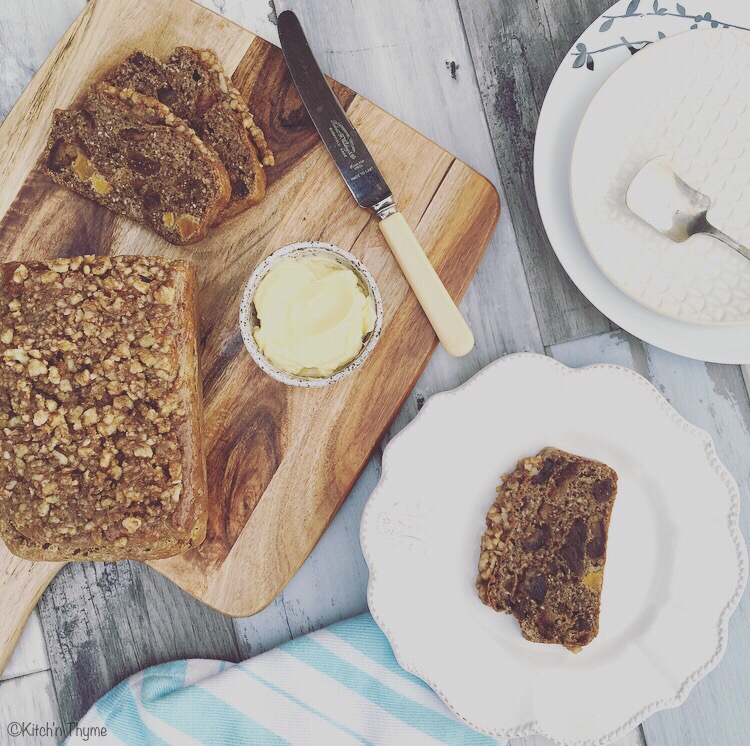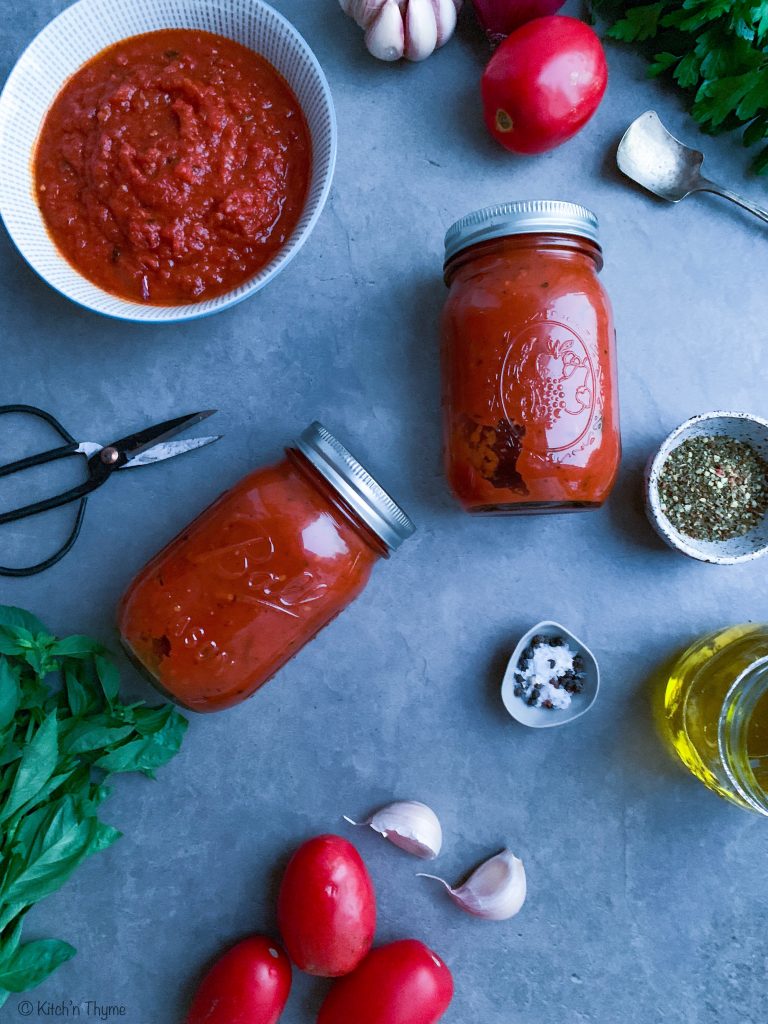
Perhaps some of you have been wondering the difference between a Stock or a Bone Broth! Hopefully this will provide a better understanding.
Stocks have been made for centuries long in the back of almost every good kitchen! They are the key to a plethora of amazing sauces and reductions. Sauces add flavour, moisture & harmony to a dish, and no great restaurant would be without them!
On the home front, I think many will remember their mum or grandma serving hearty nourishing brothy chicken or beef soups when unwell. It’s definitely not news to many that there are amazing healing properties in that pot of liquid gold! Over recent years, those with a keen knowledge of health have come to use and understand the incredible benefits of the amazing elixir that it is and it’s now even fashionable to sip on a cup of tasty broth! Who knew!
As a Chef, here are the main differences that I see between Stock versus Broth.
There are 3 different types of Stock or Broth.
– Broth or Bouillon which is typically made from a whole meat like a whole chicken. It’s usually cooked for a short period of time and is usually fairly clear because of the high protein content. It has a strong flavour with underlying strength from the gelatinous meat. The tender meat can then be eaten also.
– Stock is usually made from the carcasses or bones of an animal with a small amount of meat (eg, necks, meaty ribs, shanks or wings), simmered for a short time and used in the production of soups and sauces.
– Bone Broth is also usually made from the carcasses and bones of an animal with a small amount of meat (eg. necks, meaty ribs, shanks or wings) and simmered for a long period of time for its health benefits and used as a nourishing drink or can be used in recipes where stock is required.
I won’t talk much more of Bouillon so I’m going to refer to Basic Stock as ‘Stock’ and Bone Broth as ‘Broth’ for the rest of the article, so you’re not confused!! 😉
When we talk stock we also differentiate between 2 very distinct types of stock. (These differences can be put into place when making a Bone Broth too.) Those 2 types are White Stocks and Brown Stocks.
White Stocks form the basis of many White Sauces (eg. Veloute) and soups. The unroasted bones and mirepoix (French term for carrots, celery and onion) are added to a stockpot with cold filtered water. This produces a nice white/clear colour. A Bouillon is made with unroasted meat and vegetables also.
Brown Stocks form the basis of brown soups, braises, casseroles and reductions and brown sauces. As the term suggests they are brown from the bones and mirepoix being roasted first. I tend to make brown stocks the most, as the caramelisation from roasting brings such full well rounded flavour.
Then we look at the simmering times for Stocks versus Bone Broths.
– Fish Stock would normally be simmered for about 30 minutes
– Chicken Stock for about 2-4 hours
– Beef or Lamb Stock about 6-8 hours.
Bone Broths on the other hand, are simmered for about 20-24 hours! You can get great flavour in a stock over just a few hours, but some much larger health benefits over a longer simmer.
Along with gelatine which heals the gut and collagen which cushion the joints and helps to heal cartilage, bone broths contain minerals (can’t have enough of them right!), and two important amino acids – Glycine and Proline.
Glycine has a whole range of health benefits, including:
– Reducing inflammation in the body
– Aiding with digestion
– Boosting immunity
– Protecting collagen in joints and
– Helping build lean muscle mass.
Proline also has a range of health benefits:
– Aids the body in breaking down proteins for use in healthy cells
– Helps in the formation of collagen and
– Essential to the maintenance of healthy skin and connective tissues.
Some suggest that the longer a stock simmers the higher in histamines it can become. A White Stock would tend to be lower in histamines. So if you are on a low-histamine type regime, you may wish to make a white stock and simmer for a shorter length of time, meaning more of a ‘stock’ or ‘bouillon’ as opposed to ‘broth’. For the GAPS introduction diet, it may also be more suitable to keep to a whiter/lower histamine type stock or bouillon, where we’re avoiding too much gelatin.
With a broth, it’s important to add the apple cider vinegar as it helps to release more minerals from the bones of the stock! Definitely don’t miss that step!
Traditionally when making stocks, you would’t salt a stock during the cooking process. You would normally season the dish you add the stock to to avoid an overly salty finished product. However, when I make bone broth, the amount of salt that I add is ok, and I will tend to add even more salt to the final dish. If you are making broth just to drink adding the salt is especially important during or after cooking as it will make it much more enjoyable to drink.
I hope this clears some of the confusion for some of you and I hope it inspires you to make some of your own bone broths!


Brown Chicken Bone Broth
2016-04-12 20:30:30

Yields 6
Beautiful flavoursome bone broth to add to all manner of different dishes or drink for healing and nourishment.
- 2kg Organic Chicken Bones or Frames (Approx 6 Carcasses)
- 1kg Organic Chicken Meat rich in collagen (eg. Necks or Wings)
- 1kg Mirepoix - 6 Celery Stalks, 4 Large Carrots, 2-3 Large Brown Onions
- 8 Cloves Garlic, peeled
- 2 Tbsp Olive Oil
- 8 Litres Cold Filtered Water
- 2 Tbsp Celtic Sea Salt (optional)
- 2 Tbsp Apple Cider Vinegar
- 1 Bouquet Garni - 2 Fresh or Dried Bay Leaves, Few Sprigs Parsley & Thyme
- 1/2 tsp Black Peppercorns
- Preheat the oven to 180°C and line 3 large baking trays with baking paper.
- Place the chicken onto the trays and spray with olive oil fairly liberally.
- Cut the mirepoix into 3-4cm pieces, lightly drizzle with olive oil (optional) and place on a large baking tray lined with baking paper. Place the trays of chicken and mirepoix into the preheated oven and roast for 1 hour, turning the chicken bones a number of times during the hour to brown evenly.
- Once roasted, place into a large 11L stockpot.
- Add the filtered water, salt, vinegar, and bouquet garni (herbs) & peppercorns and let sit for 1 hour before bringing to the boil.
- Once boiling, reduce to a simmer and cook for a minimum of 12 hours and up to 24. The longer the stock cooks the more nutrient dense the broth will be.
- Once cooked, take off the heat and strain through a large strainer. Strain again through cheesecloth to remove any unwanted sediments.
- Pour into glass jars and seal. Store in the fridge for 3-4 days or freeze. It will freeze well for up to 3 months.
- You can use this recipe as a basis to make Beef or Lamb stock too. Just replace the chicken bones with beef or lamb and proceed.
- With a broth, it's important to add the apple cider vinegar as it helps to release more minerals from the bones of the stock! Definitely don't miss that step!
- Traditionally when making stocks, you would't salt a stock during the cooking process. You would normally season the dish you add the stock to to avoid an overly salty finished product. However, when I make bone broth, the amount of salt that I add is ok, and I will tend to add even more salt to the final dish. If you are making broth just to drink adding the salt is especially important during or after cooking as it will make it much more enjoyable to drink.
- I freeze my stock in Mason Ball jars. To do this without the glass shattering, pour the stock in leaving a good gap at the top for expansion, and let it cool slightly. Place the jar into the freezer without the lid to freeze first before placing the lid on afterwards.
By Gabrielle Tobin - Kitch'n Thyme
Kitch'n Thyme https://kitchnthyme.com.au/
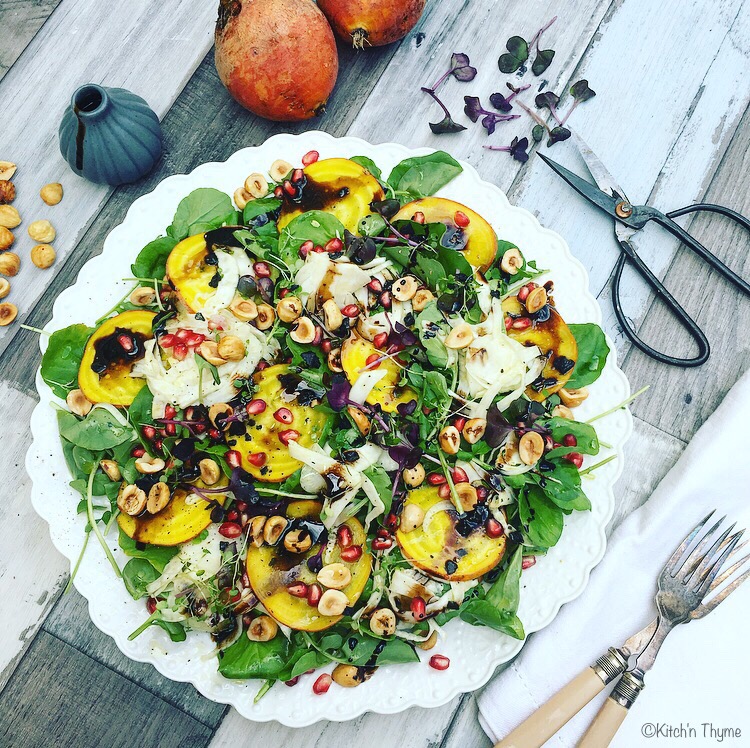 Imagine this gorgeous salad as part of a beautiful Christmas banquet. Adding so much colour, and fresh and light crunch this salad is one that pleases the eye and the palette!
Imagine this gorgeous salad as part of a beautiful Christmas banquet. Adding so much colour, and fresh and light crunch this salad is one that pleases the eye and the palette! 